Beyond the safari: A journey into the soul of Kenya
The new Suyian lodge in Laikipia isn’t just about ticking off the Big Five, but connecting with a land and its people
THERE IS A WARRIOR IN front of us, and he does not look like the weekend kind. He jumps, he spears, he fends off lions – and the nonchalant swagger as he leans into his tribal staff makes him look irresistibly cool.
We are having a full-on Wakanda moment out here on the plains of Laikipia Plateau in northern Kenya. All manner of Out of Africa and Lion King cliches are playing out in real time as this warrior – who looks barely out of his teens, if that – unfolds his tall, lanky frame from a squat, thatched mud hut (manyatta).
He’s joined by another six, who suddenly appear in a phalanx of glossy-skinned guardsmen, draped in colourful beads and shuka – the rich fabrics synonymous with the Maasai but also his own people, the Samburu.
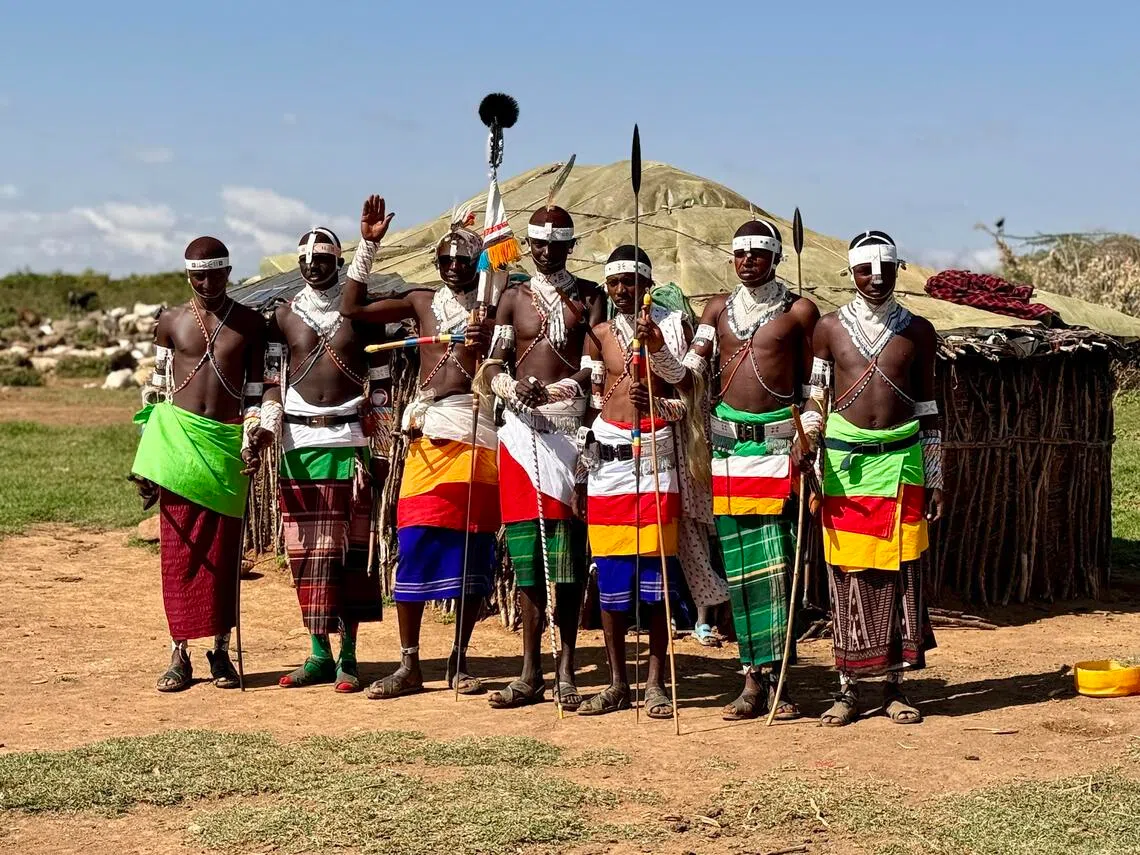
They are the pride of this pastoral tribe, who live in communities scattered across these vast, semi-arid highlands stretching across the Equator. Here, they guard the land and livestock of the extended Lekango family – all 50 of them spread out over several manyatta, each home to the respective wives of the village elder and their children.
Living off the land
The Lekangos live as their ancestors did, albeit with solar panels fixed to a manyatta’s roof that power their phone batteries. It seems rude to ask for a Wi-Fi password.
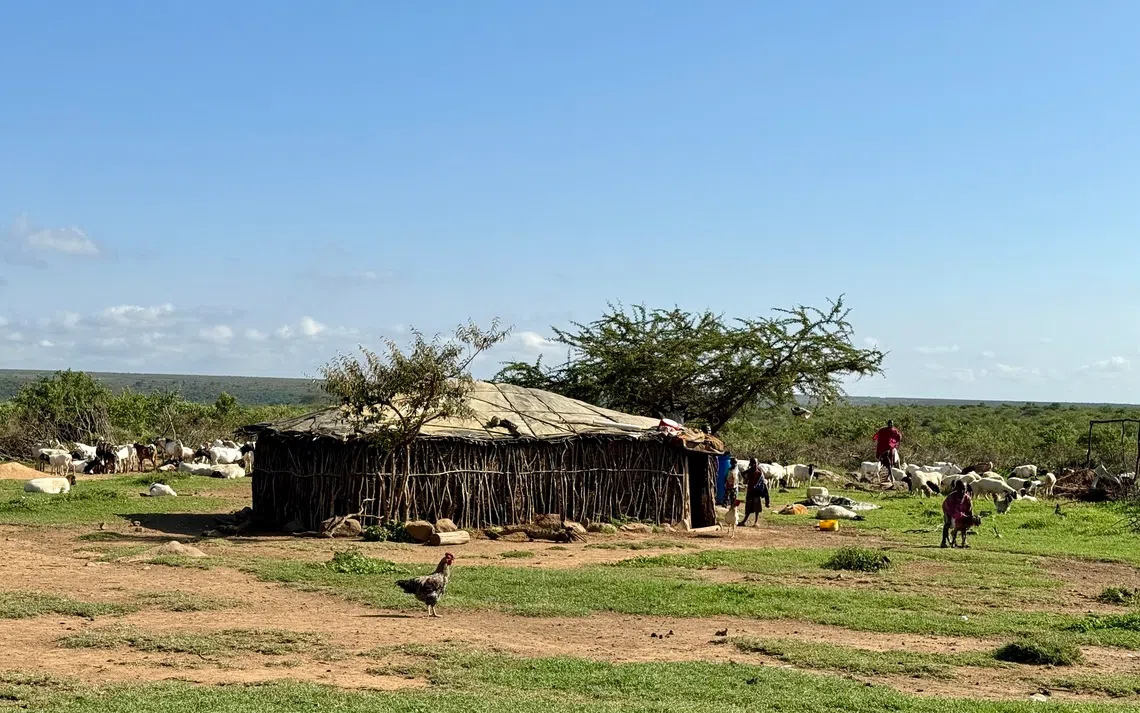
Around us, cattle follow their herders, while goats and sheep run around as freely as the toddlers who follow us, cautious yet curious. Their mothers and sisters chat and laugh freely, spontaneously gathering for an impromptu dance-off against the warriors – already impressive with their high leaps and rhythmic vocalising.
This is the real deal. There are no beaded bracelets for sale here. No faces expecting a monetary handout. The dancing, being welcomed into a tiny dark hut and served fresh, lukewarm milk sterilised in an ancient vessel over a smoking wood fire that miraculously does not asphyxiate its residents – all of it is completely unrehearsed.
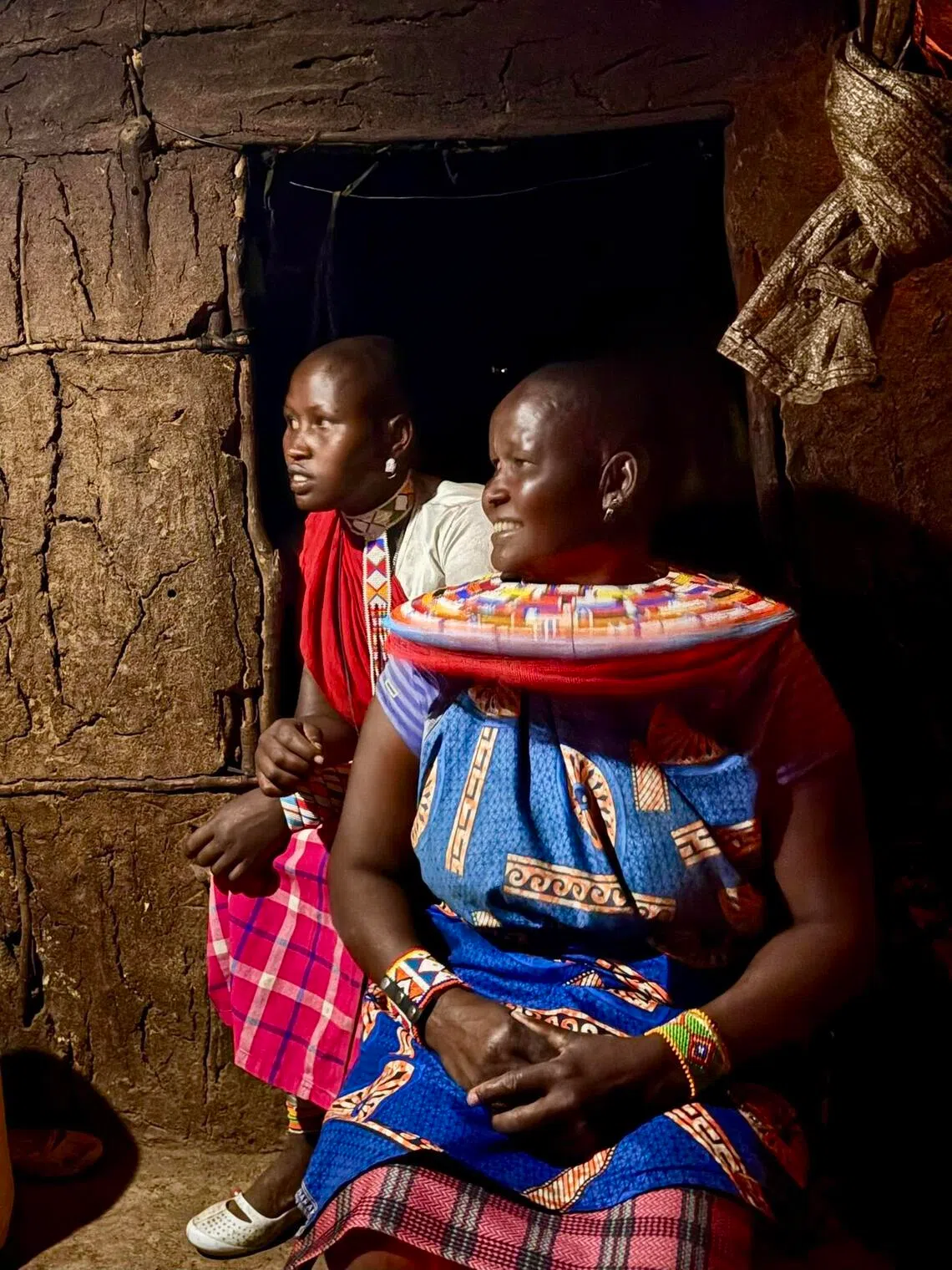
We are witnessing life, and the culture that defines it. Circumcision is a proud rite of passage for teenage boys. Milk, meat and blood from their livestock nourish them. They practise polygamy.
Cows are their lifeline, providing the milk they need daily, and should they sell one, it’s worth up to US$2,500 at the market. More likely, they would sell a goat, which fetches enough for them to buy sugar, flour, fruit, vegetables, maybe T-shirts for the youngsters. One of them, no more than four, wants to show off how strong he is, lifting a hefty baby goat in his arms. Strong kid.
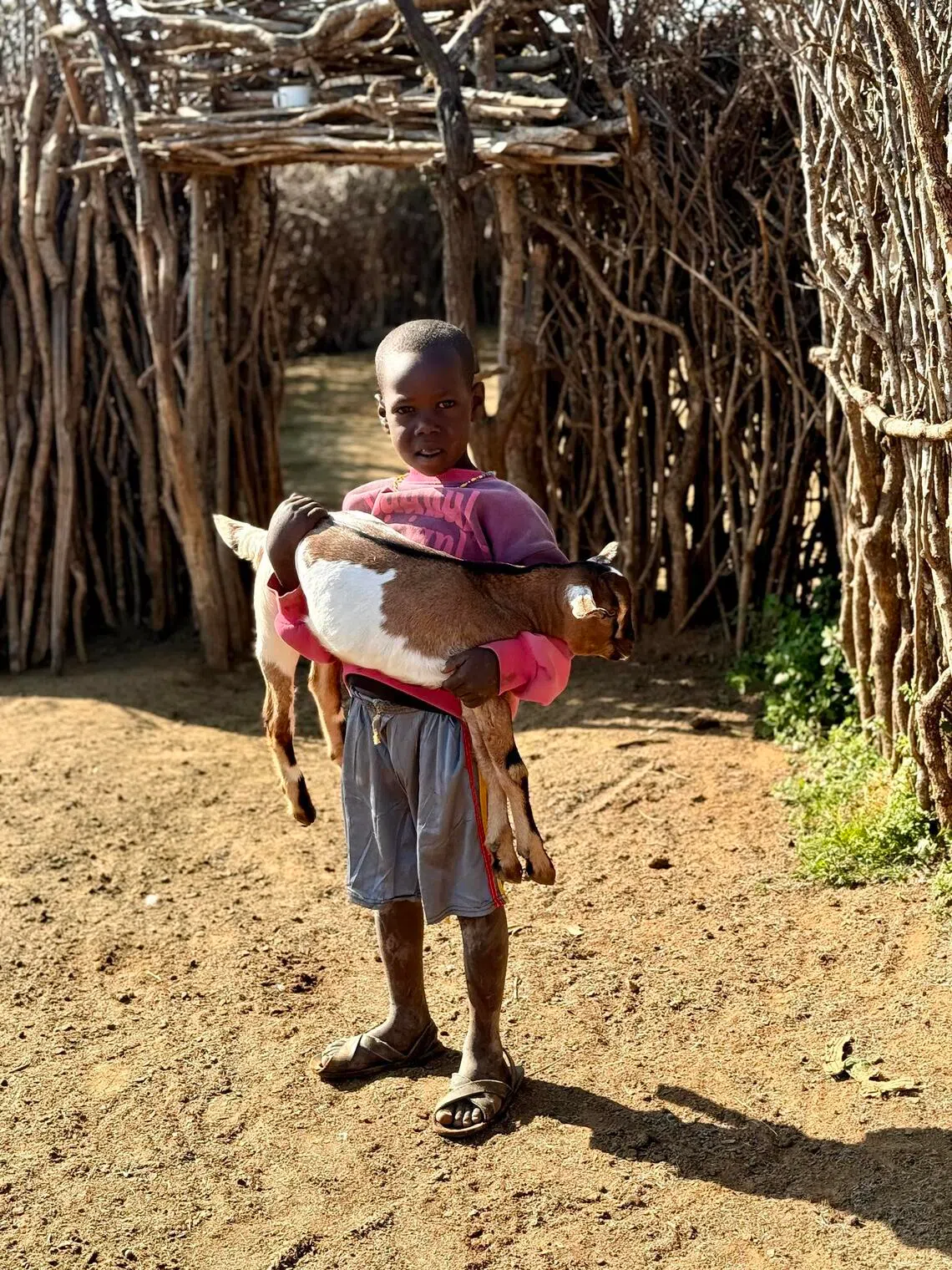
You wonder if he will grow up to be a warrior. Or go to school, which is lacking in these parts. The Samburu have strong roots and are one with the land, but they have little access to what lies beyond. Education. Healthcare. Opportunities.
One young man, Andrew, may hold the key to that. At 25, educated and the only one who speaks English, he can connect his clan to the Suyian Conservancy, a wildlife sanctuary that protects not just the animals that roam its massive 44,000 acres (17,806 hectares) of wilderness, but also the welfare of the communities that live among them.
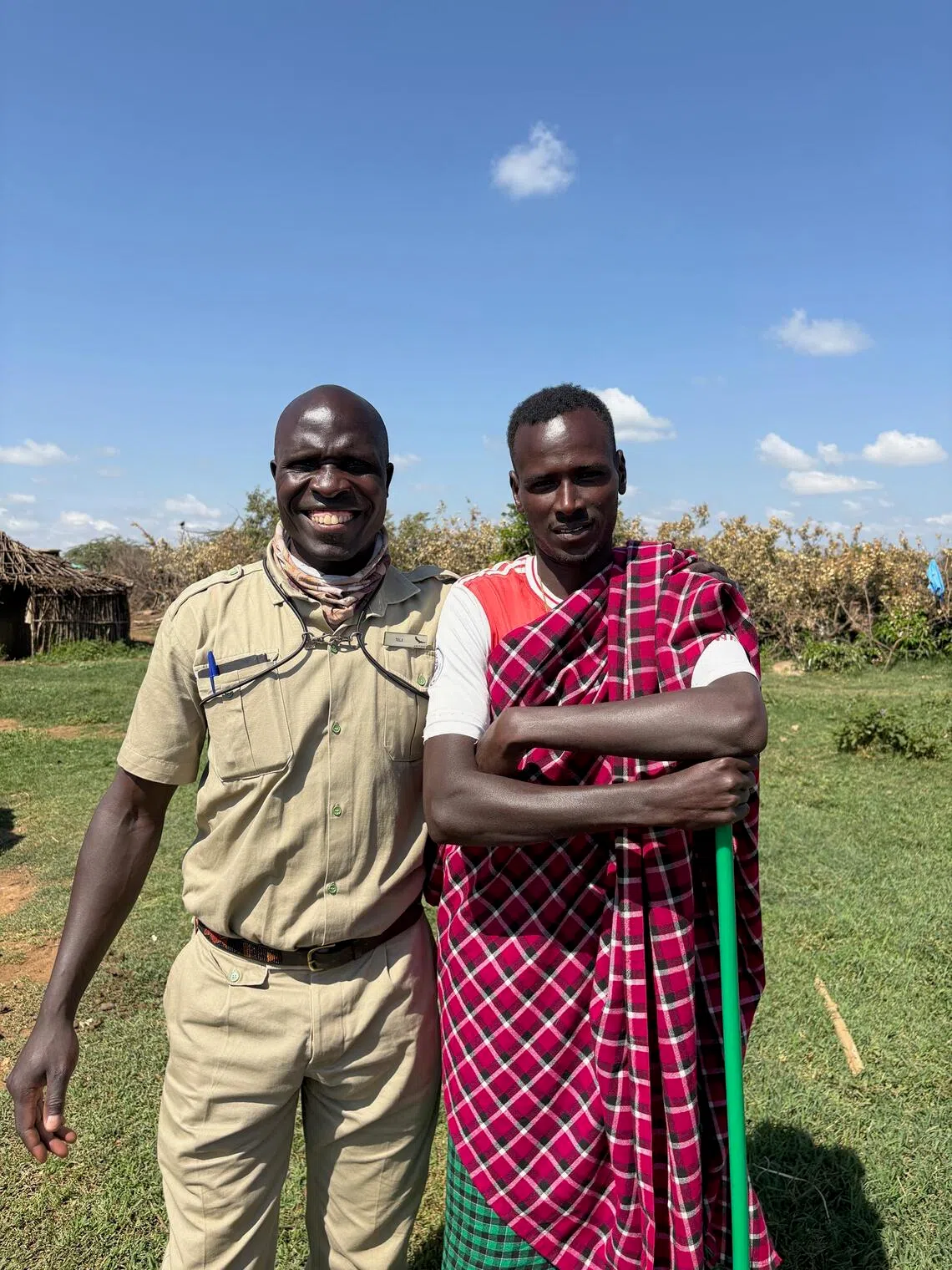
Luxury and conservation
That’s how we – or travellers in general – come into the picture. Outsiders – those hankering for “authentic” experiences and willing to pay for them.
On that, the new &Beyond Suyian Lodge safari resort delivers – a combination of breathtaking Afro-wabi-sabi luxury and a heartfelt commitment to conservation. It’s a safari that isn’t about ticking off the Big Five, but connecting with a place and its people.
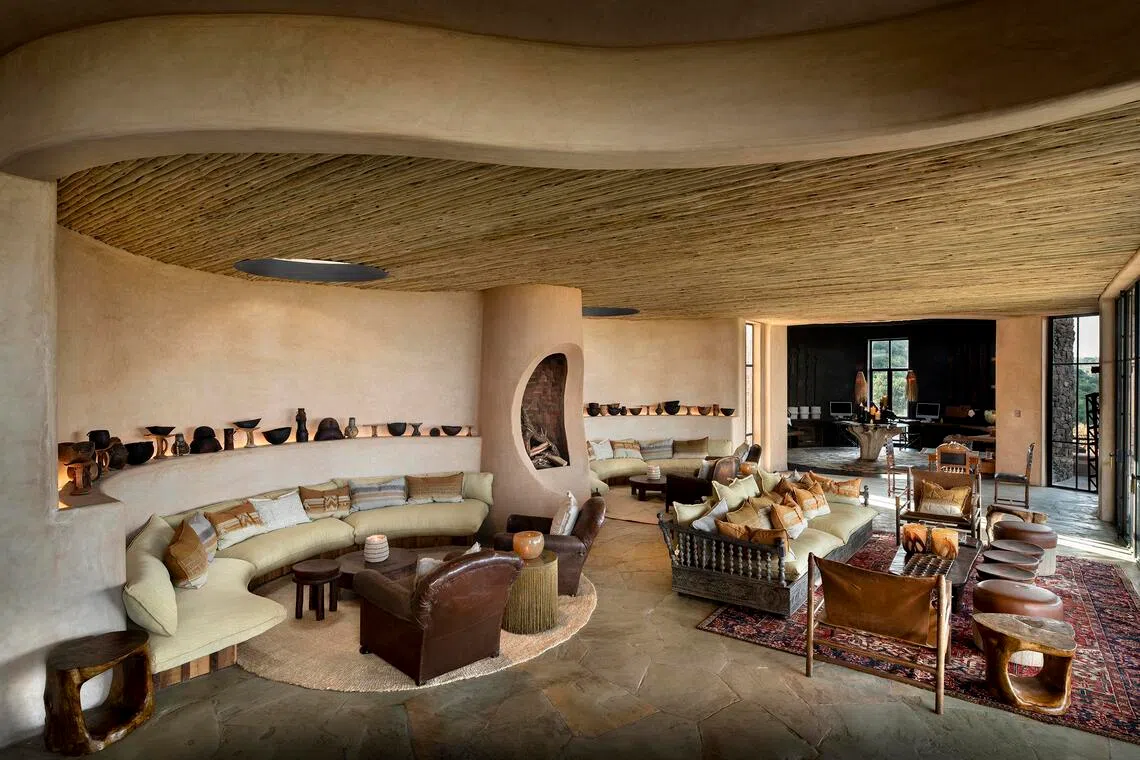
The maths and mission are simple. The Suyian Conservancy is owned by a non-profit trust that’s managed by Space for Giants, a powerful conservation group that protects Africa’s wildlife, especially elephants. It wants the conservancy to be self-sufficient.
Enter luxury safari travel purveyor &Beyond, which already had two lodges in wildlife-stuffed Masai Mara, but also wanted something more remote, exclusive and in line with its own conservation manifesto.
On Jul 1, the 14-suite property opened, carefully landscaped into the escarpment such that from a distance, all you see are little domes tucked behind a curtain of rocks and trees. There’s nothing to distract from the sweeping view – as beautiful as it is desolate – dominated by an ancient, mountain-sized rock formation with a strange tombstone-like boulder right on top, as if placed deliberately.
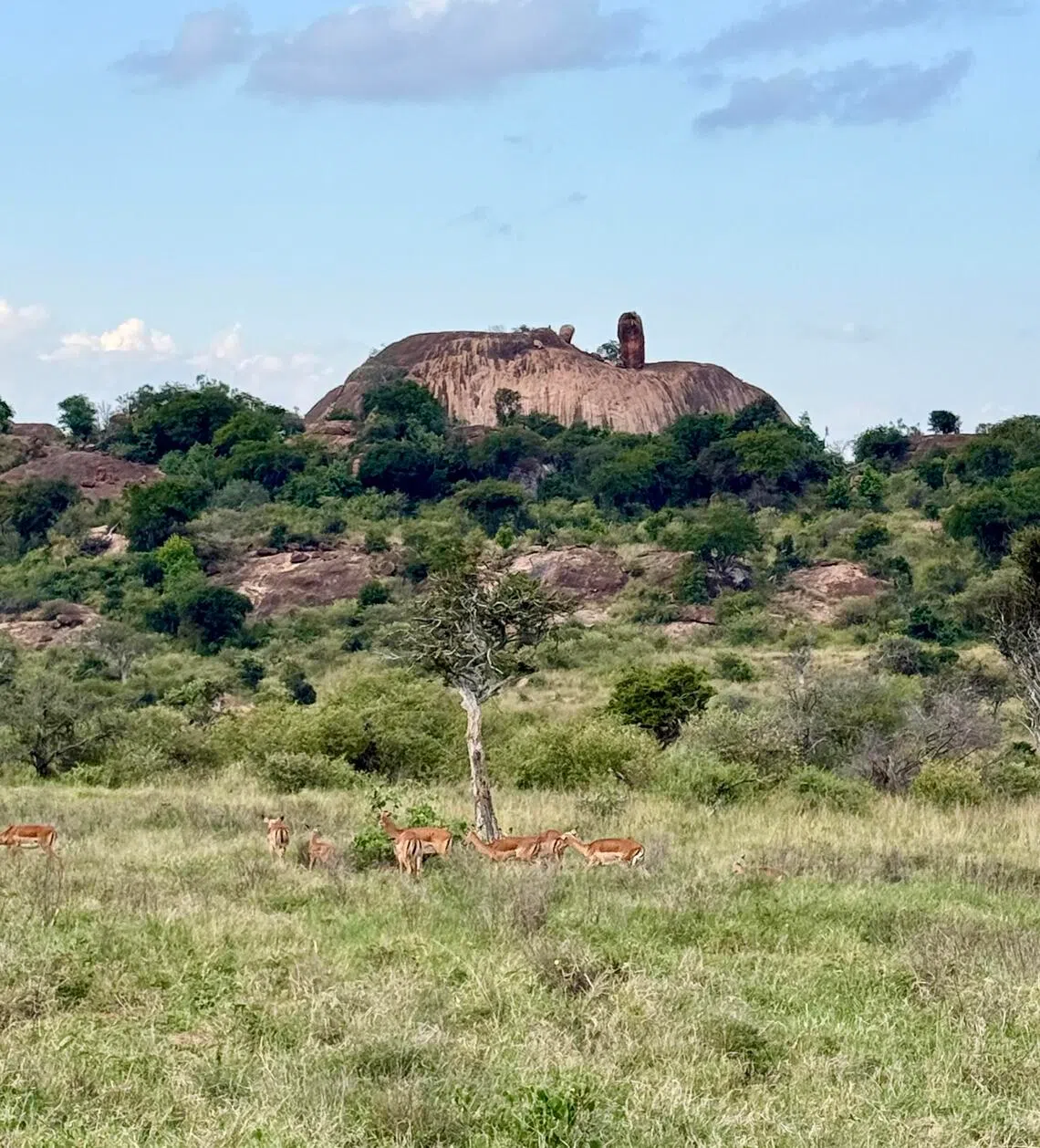
“It’s magic,” our luggage porter says confidently, when we ask.
Along with exclusivity comes inaccessibility. You fly into Nairobi, drive to the tiny Wilson Airport, and board a Cessna plane for a one-hour flight to Loisaba Airstrip. What is supposed to be a 45-minute drive to the resort becomes longer when we’re stuck in “traffic” – a massive bull elephant taking its time to cross the dirt track we need to pass.
Going by the size of its tusks – long enough to eviscerate a full-grown man from groin to brain – it’s old, says our guide-driver David Ololtele, or just Tele. Maybe 40 to 50 years – and there are two of them.
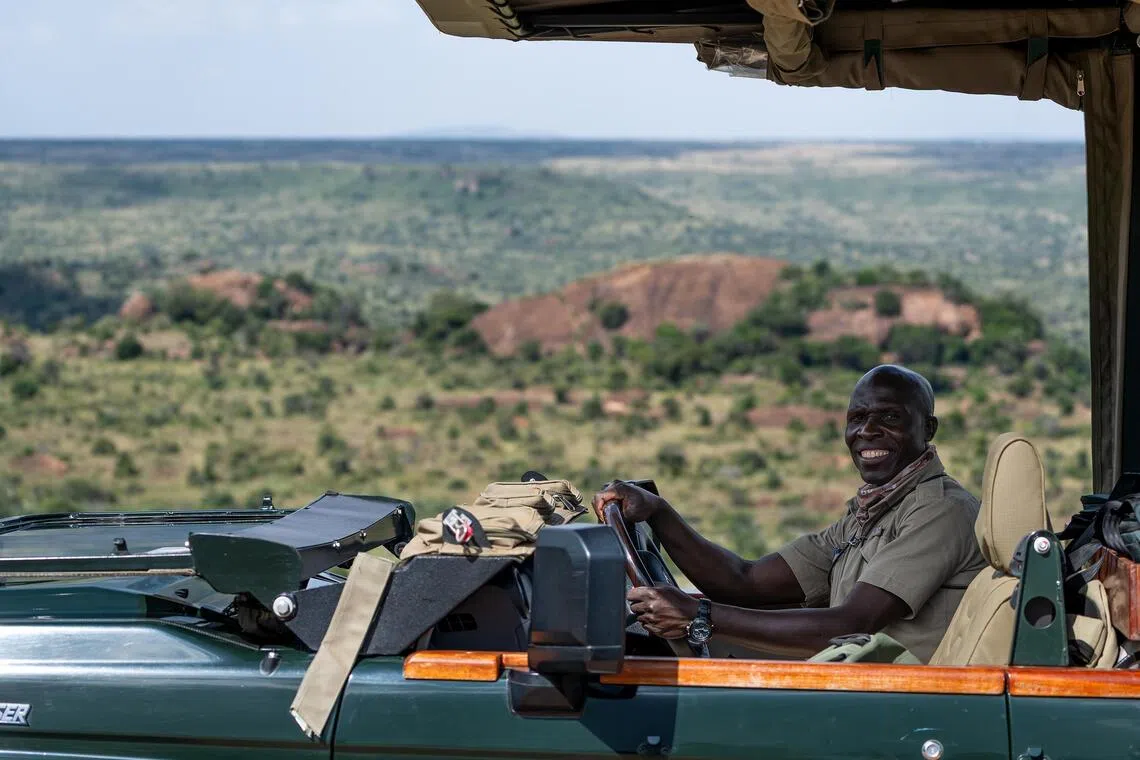
Tele is as excited as we are, because males rarely hang out together. Next, he wants to check if their legs are wet. “If you see green urine, it means they are in musth. Their testosterone level is high, and they are looking for a mate.”
But they seem to be pee-less. They cross, and we go on our way, encountering common zebras – the Grevy’s is more rare and indigenous – warthogs and their perky bums; impala and their puny little cousins known as dik-diks, which move in pairs with the same partner for life.
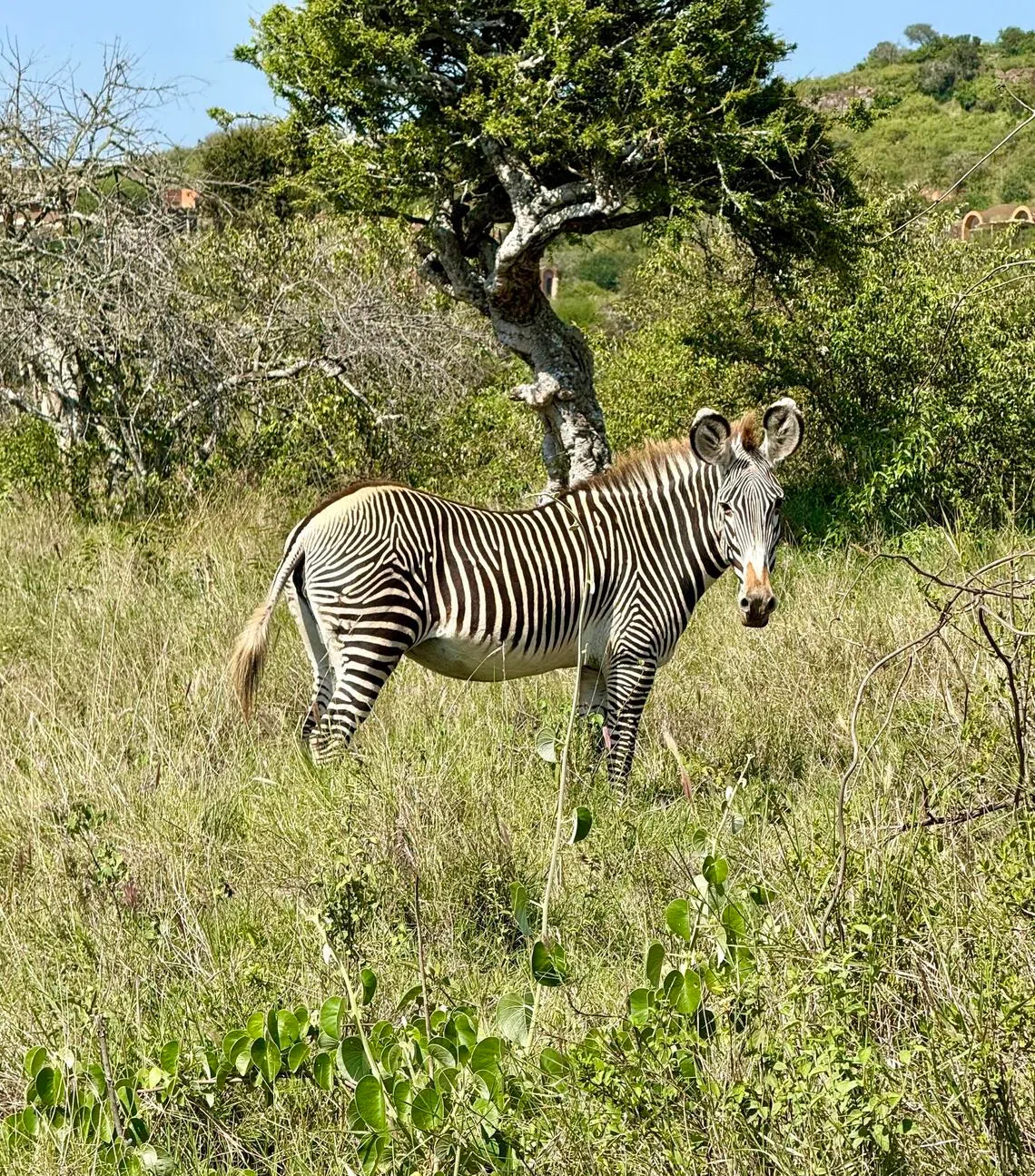
The story of Suyian
Unlike the hyena-a-minute proliferation of animals in Masai Mara, Suyian – local lingo for “wild dog” – is not safari showtime. Neither a national park nor reserve, it used to be a cattle ranch run by a cantankerous British-Kenyan farmer named Gilfrid Powys and his wife, Patricia.
Powys went from being anti-elephant to its greatest crusader in the 1970s, when elephants fleeing from poachers in north Kenya started crossing into his land in Laikipia. It became known as a safe corridor for elephants to pass through on their migration, which meant that other animals would follow as well.
“Unlike the hyena-a-minute proliferation of animals in Masai Mara, Suyian – local lingo for “wild dog” – is not safari showtime. ”
But in a tragic accident in 2017, Powys was trying to herd some elephants away from a dam, when another elephant gored him from behind, killing him instantly.
Not wanting to continue running the ranch but worried about the land falling into commercial development, Powys’ widow turned to Space for Giants to create the Suyian Conservancy and protect the elephant corridor.
She still lives somewhere on the land, and local lore has it that you will see the barrel of a shotgun before you see her face. Their daughter, Anne, is a botanist who is more amenable, and has advised &Beyond on the plants and greenery that surround the lodge.
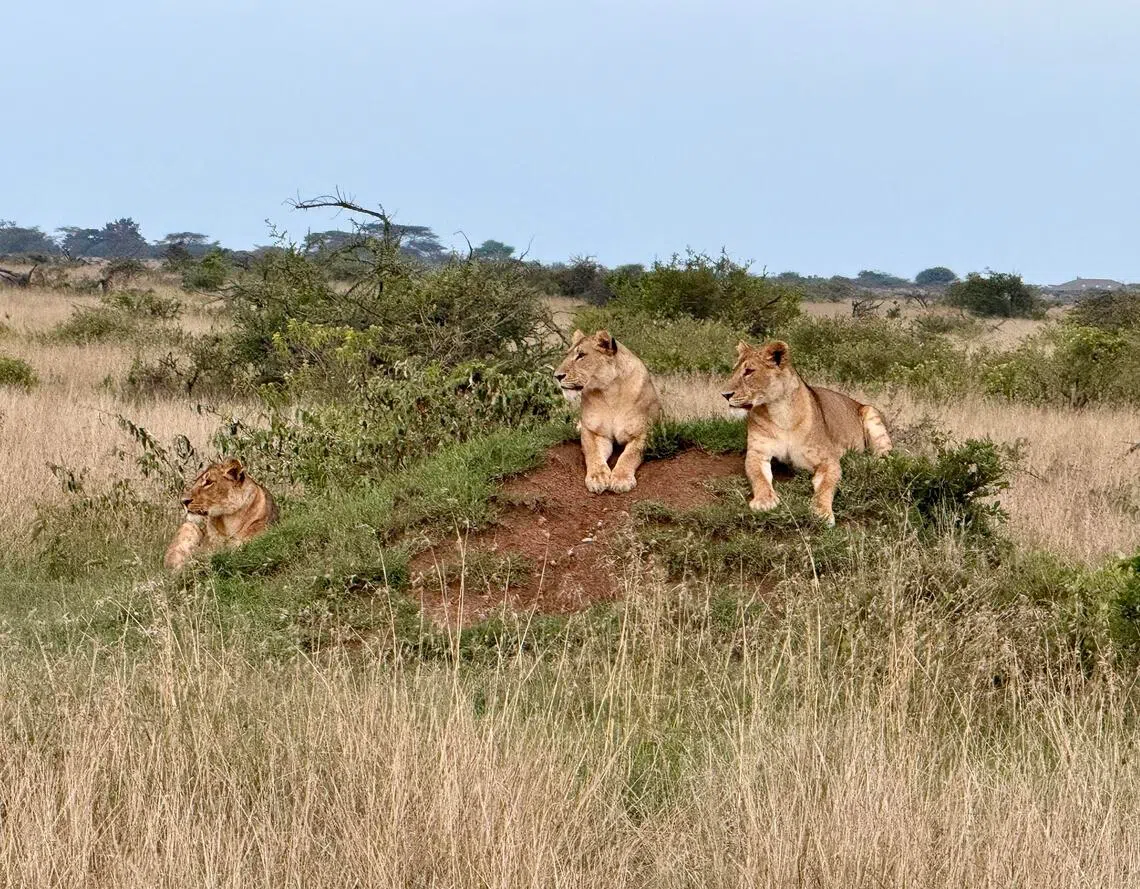
Safari adventures
That Suyian Lodge is the only property on the conservancy means you have the entire terrain to yourself. It also means you won’t have wildlife popping up at every turn, but the fun is in discovering it at your leisure.
That’s where Tele comes in, with his particular set of skills that include sifting through poop pellets, scanning paw prints and sniffing for whiffs of popcorn-scented leopard urine.
If you’re Asian, you may detect a hint of pandan before spotting said leopard gliding silently through the bush. It’s a heart-stopping moment, because the felines are a rare sight. It would be a jackpot if we’d seen one of the two rare black leopards said to live around here, but no. As Tele says: “It’s not about seeing an animal, but an animal that wants to be seen.”
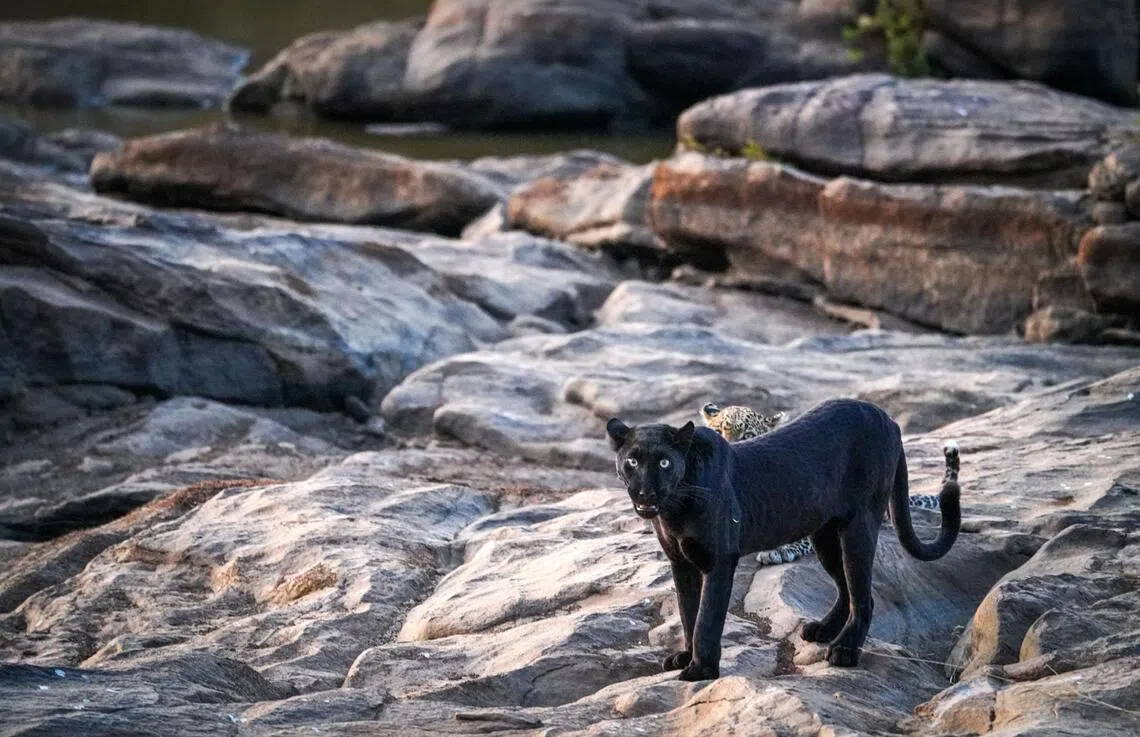
By that token, we see enough exhibitionists. Giraffes, reticulated or otherwise. A waterbuck. More elephants. Zebras. Dik-diks at every turn. In one exhilarating episode, a pride of lionesses lounging on a rock, so close that they stroll past the jeep as if we didn’t exist. In another, a group of hippos snooze underwater – only their ears twitching at the surface. An occasional yawn. A youngster getting up to stretch its legs. It’s perfect breakfast entertainment while the &Beyond team whips up scrambled eggs and bacon for an open-air picnic.
There are other things you can do, from horseback riding to walking safaris and even night walks in between game drives. And there’s still the villa itself to explore, with its sprawling interiors, designer furnishings, private pool and stunning sunrises. You’re fed before, during and after meals. Sundowners are a must, to end the game drive for the day.
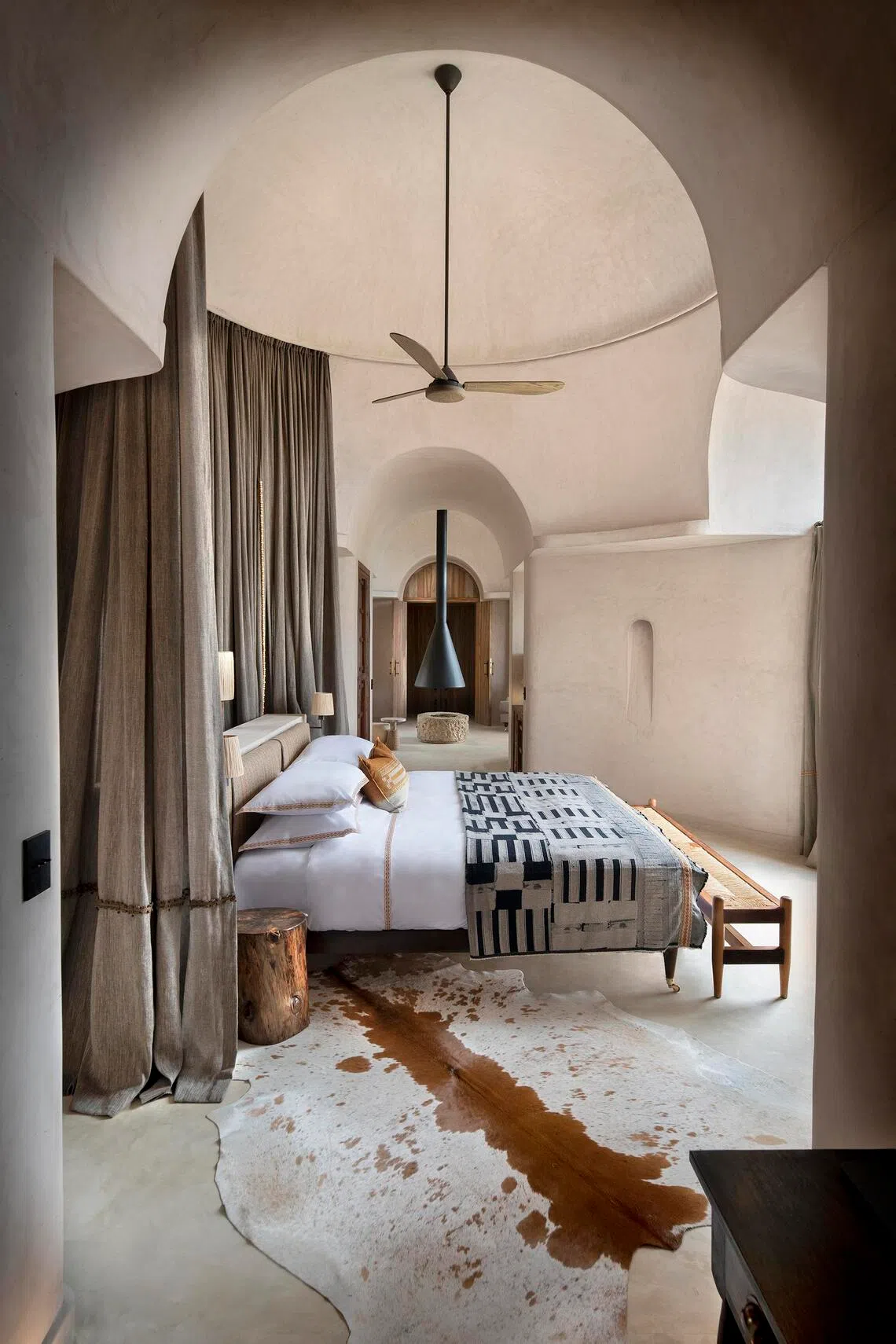
Personal connections
But beyond the exclusivity, what makes Suyian special is the people. A cliche, but true. Its staff are almost 80 per cent local, an outcome of community outreach, says lodge general manager Pixie Iuel.
It explains the unpolished yet endearing demeanour of the staff. From their spirited welcome and farewell, to a surprise birthday party for a guest with full song and dance, it never feels contrived.
The 29-year-old Iuel also has connections with Suyian through her mother, who grew up in the nearby town of Nyeri and was friends with Anne Powys, the daughter of Gilfrid. Iuel remembers travelling with her family on safari holidays, and harboured dreams of working at one. Which of course came true.
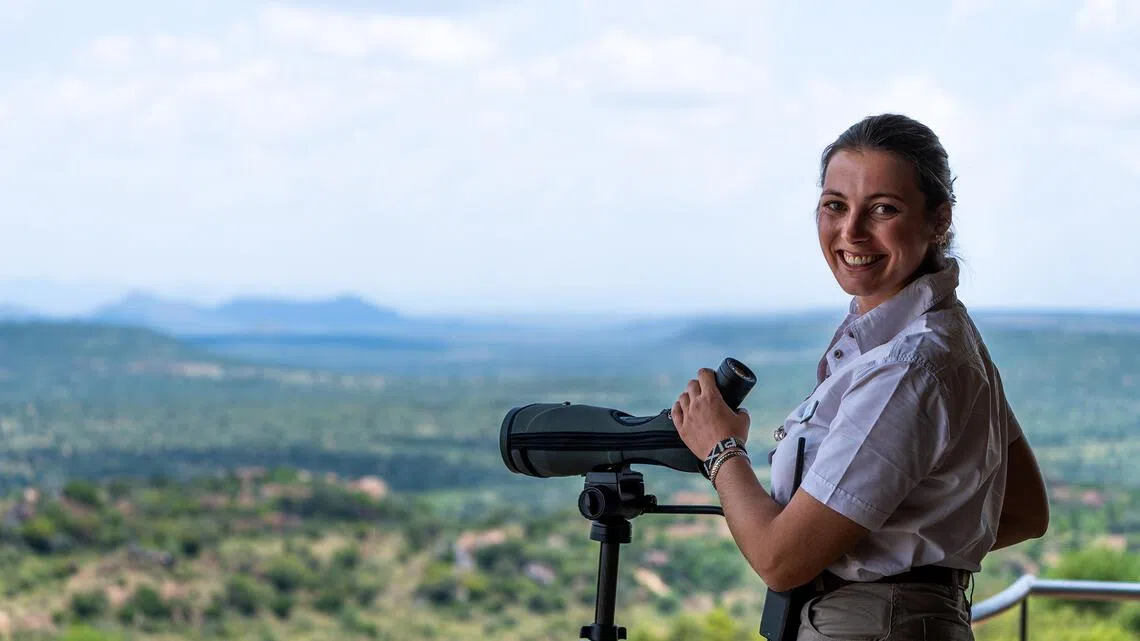
Suyian’s chief guide, Charity Cheruiyot, is herself an &Beyond veteran – a Kenyan who spent gruelling years working her way up from the bottom, fighting male chauvinism to become Kenya’s first female safari guide in 2007.
Tele, in turn, is a proud Maasai. His father was a civil servant, but his grandfather taught him about life in the bush. “Where I grew up, you couldn’t go to school before 8 am because there would be elephants around,” he says.
He can’t imagine not being around wildlife. He’s come a long way since 2009, when he first started training to be a guide and found himself staring down a group of seven lions. “Never run” is his sage advice.

Maybe it won’t be long before ties between the Lekangos and the conservancy show some progress in the form of schools, clinics or jobs, which Iuel says is the goal. We think about the little boy and his goat and wonder where he will be in 10 to 15 years’ time. We hope he’ll be like Tele, Charity and everyone else like them – making his dreams come true, but always remembering where he comes from.
The writer was a guest of &Beyond Suyian Lodge
Decoding Asia newsletter: your guide to navigating Asia in a new global order. Sign up here to get Decoding Asia newsletter. Delivered to your inbox. Free.
Copyright SPH Media. All rights reserved.







